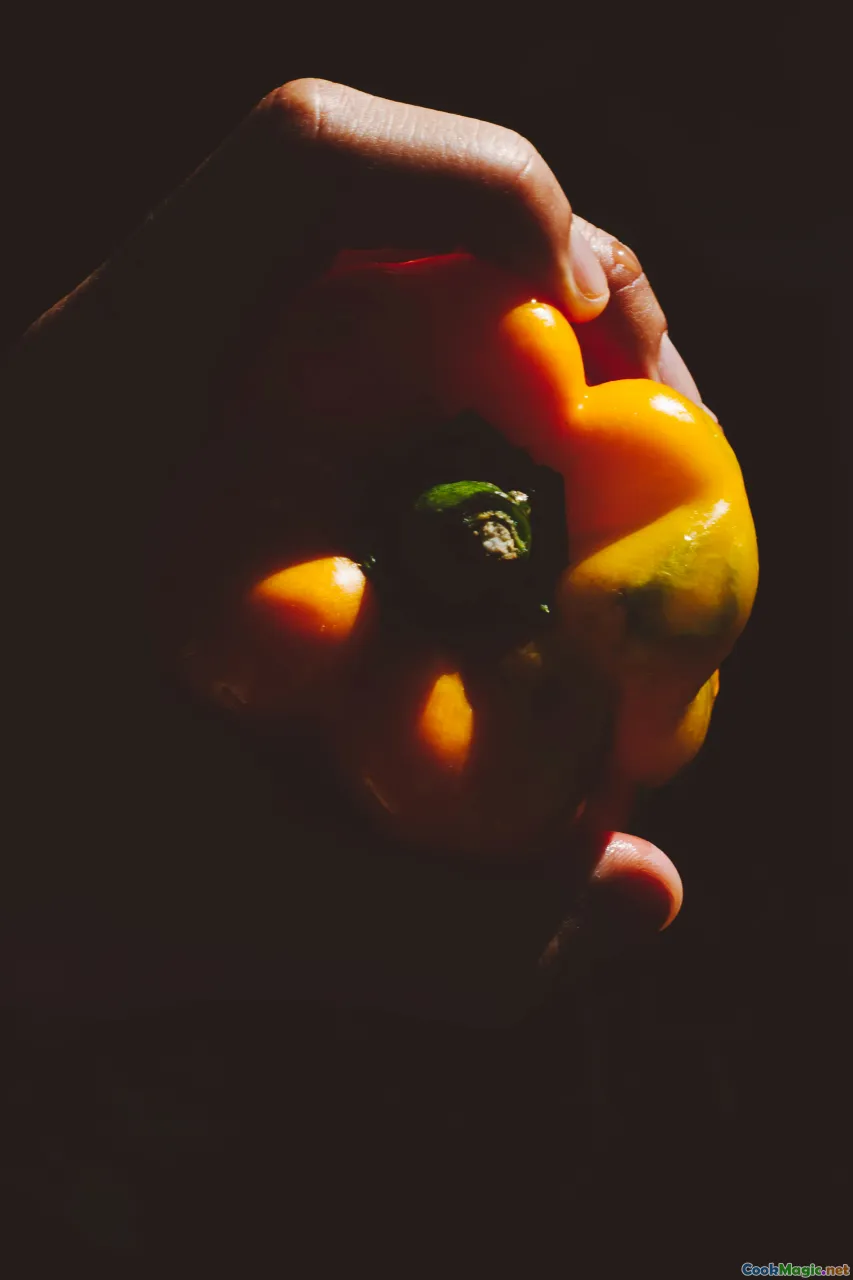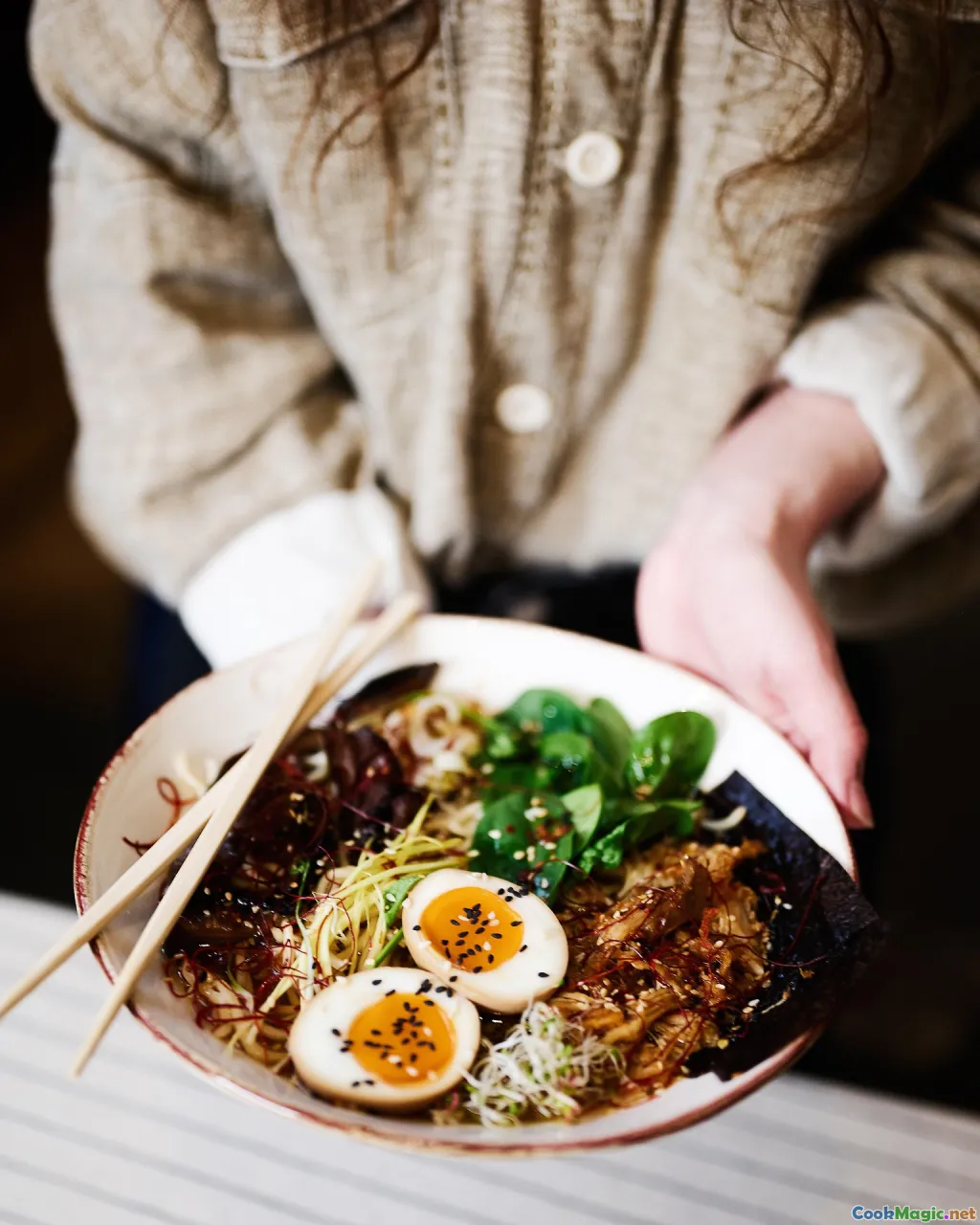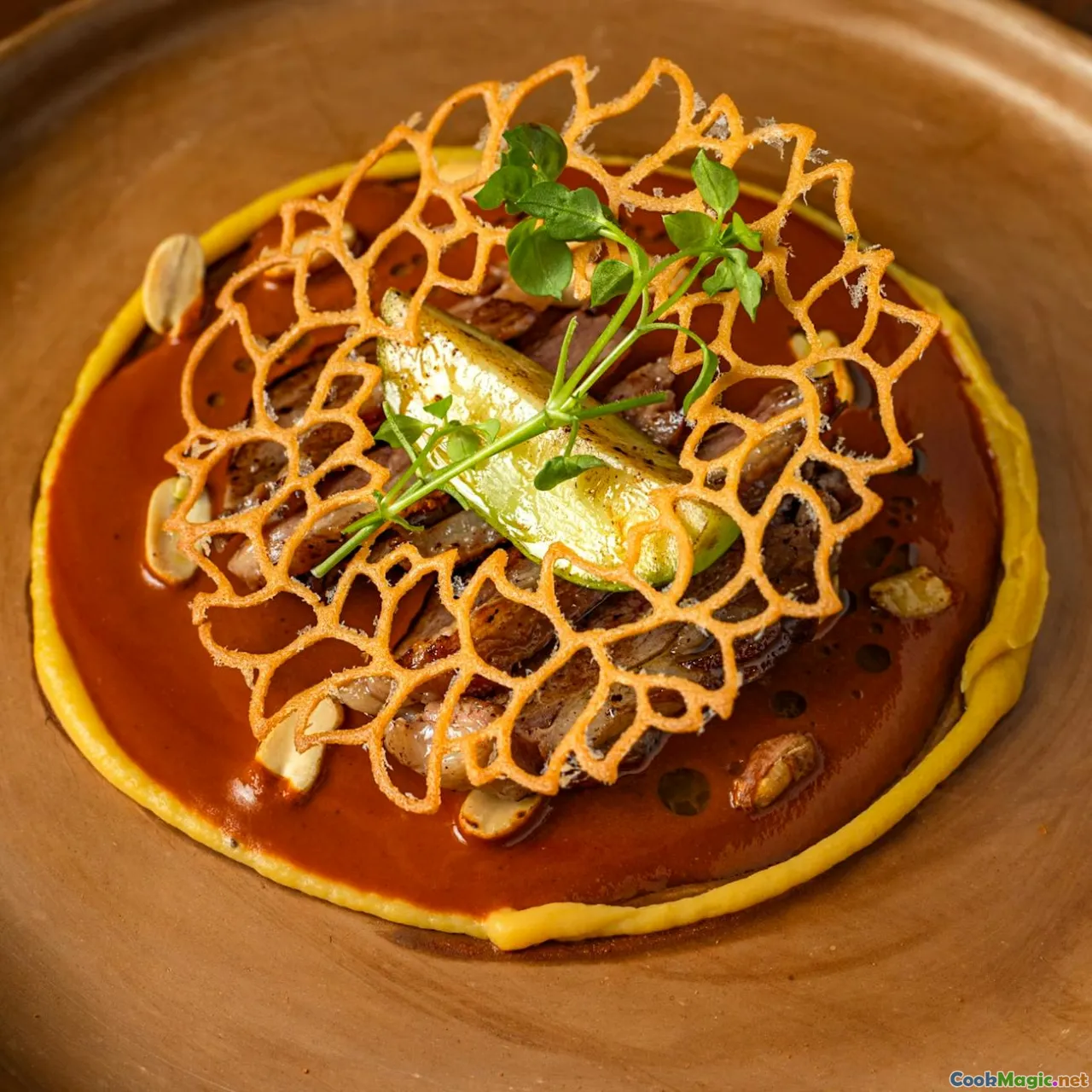The Growing Popularity of ASMR Food Content
13 min read Exploring how ASMR food videos are transforming modern culinary entertainment and engaging audiences worldwide. July 03, 2025 06:05
The Growing Popularity of ASMR Food Content
In recent years, a tantalizing new trend has quietly transformed the way we experience food vicariously through screens—Autonomous Sensory Meridian Response, more popularly known as ASMR. While once relegated to niche internet forums and YouTube channels, ASMR food content has exploded into mainstream pop culture, captivating millions with its intoxicating blend of sight, sound, and sensation. This phenomenon taps into primal sensory desires, creating a multisensory feast that transcends mere visual appeal, resurrecting childhood memories, fostering mindfulness, and even redefining culinary storytelling.
The Origins of ASMR Food Content

ASMR as a phenomenon predates the digital age, rooted in the human need for soothing, repetitive stimuli—a natural relaxation aid. But it was the proliferation of platforms like YouTube, where creators began to produce videos emphasizing gentle whispering, tapping, and crinkling sounds, that ASMR took its aesthetic form. Within this niche, food ASMR emerged as a star phenomenon—combining the irresistible allure of culinary visuals with close-up, meticulous sounds of bites, slurps, and food preparation.
Early pioneers such as ASMR Darling and Mikey Bustos showcased foods like crispy fried chicken, crunchy chips, and bubble tea with acoustic detail that seemed to make viewers’ taste buds tingle. Behind the scenes, this isn’t just about entertainment; it’s about recreating the intimacy and sensory satisfaction of eating, presented in a controlled, calming environment.
Why Does Food ASMR Resonate So Deeply?

Food holds a universal emotional language—connecting us to family, tradition, comfort, or celebration. ASMR food content magnifies this connection by activating our somatosensory pathways in ways that ordinary viewing cannot. When watching a creator peel a ripe mango or crack open a sourdough loaf, viewers aren’t just watching food; they’re witnessing a web of textures, smells, and tastes.
The appeal lies partly in the multisensory stimulation—crispness, creaminess, chewiness—that mimics the real-life experience, but delivered through sound and imagery. This creates a kind of cathartic release, transporting viewers into a world where relaxation, satisfaction, and nostalgia blend seamlessly.
Furthermore, food ASMR often serves as a form of mindful binge-watching—a mesmerizing activity that allows viewers to momentarily disconnect from daily stressors. It’s an auditory and visual lullaby, all wrapped up in edible delights.
Iconic Examples and Trends

The Rise of Ramen and Noodle Slurping Videos
The East Asian comfort staple, ramen, became a star in the ASMR realm. Famous channels like "TabiEats" or "The Ramen Rater" showcase steaming bowls of broth shrouded in aromatic steam, while viewers listen to the gentle clink of chopsticks, the slurp of noodles, and the bubbling of broth. These videos evoke a visceral feeling—the aroma of garlic and miso, the tender chew of perfectly cooked noodles that seemingly burst with flavor.
The Sushi Soundscapes
Sushi preparation is inherently a sensory feast. Watching streaming videos of delicate slices of tuna or salmon being placed atop polished rice, then dipped into soy sauce, triggers tactile and visual responses. The sound of the fish’s gentle sear, the brittle crunch of wasabi-filled cucumber rolls, and the crispness of tempura batter create a symphony that echoes visceral culinary experiences.
Street Food Fantasias
Street foods like crispy falafel, spicy tacos, or bustling market stalls come alive in ASMR videos. The sizzle of meats on a grill, the peeling of fresh pomegranate seeds, or the flourish of a street vendor flipping a pancake build a narrative immersive enough to evoke memories of bustling night markets from Marrakech to Mexico City.
Emotional and Cultural Dimensions

Beyond the sensory stimulation, food ASMR taps into cultural and emotional identities. Many creators take pride in showcasing traditional dishes: a steaming bowl of Vietnamese pho, a plate of bold Ethiopian injera topped with lentils, or the meticulous art of French patisserie.
When creators describe recipes or demonstrate methods—like kneading mozzarella for fresh pizza or pressing dumplings by hand—they evoke a sense of craftsmanship and pride that hints at collective memory and cultural heritage. For viewers, this not only sparks curiosity but also deepens appreciation for diverse culinary footprints around the world.
This connection becomes even more poignant in challenging times, such as during global pandemics or social upheavals, where food becomes a symbol of resilience, identity, and shared experience.
The Personal Connection: From Viewer to Foodie

Many viewers develop a personal relationship with their favorite ASMR creators—tuning in daily to unwind after a busy day. These videos often inspire solo home-cooking adventures—recreating recipes or inventing new fusion dishes inspired by sensory cues.
For instance, a viewer might attempt a gooey, cheesy gif–style Japanese katsu curry, inspired by the crispy coating and thick, flavorful sauce heard and seen on screen. This active engagement embodies a modern culinary evolution—from voyeurs to participatory cooks.
Moreover, where traditional food media (cookbooks, TV shows) might emphasize perfection, ASMR food content celebrates imperfection and spontaneity. It’s about honest, tactile, messy delights—like lumpy mashed potatoes or lopsided apple pies—that invite us to savor the authenticity.
The Intersection of Art, Technology, and Food

Visual artistry plays a crucial role in elevating ASMR food content. Creators like "Peaceful Cuisine" beautifully stage food in minimal, aesthetically appealing settings—contrasted with the raw sensory chaos of sounds. This balance between visual serenity and auditory richness enhances the immersive experience.
Technology also fuels this trend. High-definition cameras, 3D micro-cameras to focus on textures, and binaural microphones simulate sounds in 3D space, making the auditory experience more intimate and realistic.
The genre pushes culinary boundaries into art, with creators exploring innovative plating, molecular gastronomy, and cross-cultural food fusion—all amplified through sensory detail. A foam-topped matcha latte or an avant-garde tteokbokki dish becomes a visual and auditory spectacle, inviting viewers to appreciate both culinary innovation and sensory delight.
Challenges and Controversies

Despite its rise, the ASMR food movement isn’t without challenges. Critics argue that glorification of food sounds may promote overconsumption or obsession, especially as videos often feature indulgent, high-calorie dishes.
Environmental concerns surface as well—particularly when videos showcase excessive waste or unsustainable produce. Additionally, some viewers report discomfort with the “hyper-realistic” sounds, which can trigger misophonia—a condition characterized by irritation or emotional response to specific sounds.
Content creators must navigate these issues carefully, balancing sensory satisfaction with social responsibility and mental health awareness.
Practical Tips for Incorporating Food ASMR Into Your Culinary Experience

• Start Simple: If you’re intrigued by the trend, try recording your own food preparation—focus on crisp chopping, sizzling sounds, or pouring sauces. • Choose Texturally Interesting Foods: Look for dishes with varied textures, like flaky croissants, bubbling cheese, or crunchy vegetables. • Use Quality Microphones: Binaural microphones create a 3D soundscape that makes your recording immersive. • Create a Calm Environment: Soft lighting, minimal background noise, and a tidy background help emphasize the sensory elements. • Enhance Visuals with Close-Ups and Natural Light: Emphasize the textures—glossy sauces, fluffy foam, flaky layers—to engage what you see and hear. • Respect Personal Boundaries and Comfort Levels: Be mindful that not everyone finds crinkly sounds or slurping soothing, and respect viewer preferences.
The Future of Food in Pop Culture & Media

As technology advances, so will the sophistication of food ASMR expressions. Virtual and augmented reality may feature edible experiences that blend haptic feedback with sound and sight—a true multisensory voyage.
Moreover, with global culinary exchange becoming more accessible, ASMR food content will likely continue to diversify—fusing traditional recipes with contemporary techniques, perhaps offering interactive, 3D-printed dishes with embedded sound elements.
The cultural role of food ASMR is poised to deepen, serving as both entertainment and educational tool—breaking geographical barriers, fostering culinary curiosity, and perhaps even inspiring new eating habits rooted in mindfulness and appreciation.
In Conclusion
Food ASMR delivery is transforming the way we perceive culinary artistry, turning our screens into portals of sensory joy. By carefully honing sounds, visuals, and narratives, creators craft intimate, immersive experiences that connect us emotionally and culturally to food. Whether it’s the crackle of toasted bread, the silky swirl of whipped cream, or the gentle pop of bursting fruit, this trend reminds us that eating is more than nourishment—it’s a celebration of sensation, tradition, and shared human experience.
As we snack, slurp, and savor from behind our screens, we participate in an evolving, sensory feast—a testament to the enduring power of food in pop culture and media to delight, comfort, and inspire.









